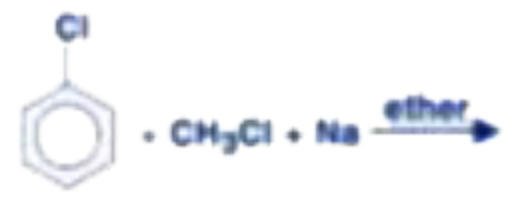Complete metamorphosis occurs in
Housefly and Cockroach
Mosquito and Cockroach
Housefly and Mosquito
Cockroach and Locust.
The correct Answer is:C
Step-by-Step Solution:
1. Understanding Metamorphosis: Metamorphosis is the process by which insects undergo significant changes in their life cycle. There are two main types: complete metamorphosis and incomplete (or gradual) metamorphosis.
2. Defining Complete Metamorphosis: Complete metamorphosis involves four distinct life stages: egg, larva, pupa, and adult. Each stage is markedly different in form and function. The larva is often worm-like and primarily focused on feeding, while the adult has wings and is capable of reproduction.
3. Identifying the Stages:
- Egg: The initial stage where the insect begins its life.
- Larva: The second stage, where the insect is in a feeding phase and looks different from the adult.
- Pupa: The third stage, where the larva undergoes transformation and is usually inactive.
- Adult: The final stage, where the insect emerges with wings and reproductive capabilities.
4. Analyzing the Options: We need to identify which of the given options includes insects that undergo complete metamorphosis:
- Option 1: Housefly and cockroach - Cockroaches undergo incomplete metamorphosis.
- Option 2: Mosquito and cockroach - Again, cockroaches do not undergo complete metamorphosis.
- Option 3: Housefly and mosquito - Both of these insects undergo complete metamorphosis.
- Option 4: Cockroach and locust - Both of these also undergo incomplete metamorphosis.
5. Conclusion: The only option that includes insects that undergo complete metamorphosis is Option 3: Housefly and mosquito.
Final Answer: Complete metamorphosis occurs in housefly and mosquito.
---
- Egg: The initial stage where the insect begins its life.
- Larva: The second stage, where the insect is in a feeding phase and looks different from the adult.
- Pupa: The third stage, where the larva undergoes transformation and is usually inactive.
- Adult: The final stage, where the insect emerges with wings and reproductive capabilities.
- Option 1: Housefly and cockroach - Cockroaches undergo incomplete metamorphosis.
- Option 2: Mosquito and cockroach - Again, cockroaches do not undergo complete metamorphosis.
- Option 3: Housefly and mosquito - Both of these insects undergo complete metamorphosis.
- Option 4: Cockroach and locust - Both of these also undergo incomplete metamorphosis.
Topper's Solved these Questions
- PHYLUM - ARTHROPODABOOK - DINESH PUBLICATION ENGLISHCHAPTER - PHYLUM - ARTHROPODAEXERCISE - CYG
20 Videos
- PHYLUM - ANNELIDABOOK - DINESH PUBLICATION ENGLISHCHAPTER - PHYLUM - ANNELIDAEXERCISE - Check your grasp
10 Videos
- PLANT BREEDING AND DISEASE CONTROLBOOK - DINESH PUBLICATION ENGLISHCHAPTER - PLANT BREEDING AND DISEASE CONTROLEXERCISE - Check your Grasp
10 Videos
Similar Questions
Knowledge Check
Mitosis occurs in:
Askin cellBheart cellsCkidney cellsDall of these
Retrogressive metamorphosis occurs in
View SolutionComplete metamorphosis is found in
View SolutionMitosis occurs in
View SolutionIn the life history of cockroach (Periplaneta) there is :
(a) No Metamorphosis
(b) Gradual metamorphosis
(c) Complete metamorphosis
(d) Anamophosis
View SolutionAn insect which undergoes complete metamorphosis is called
View SolutionReabsorption occurs in
View SolutionLates occurs in
View Solution

